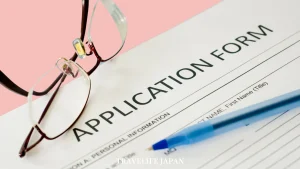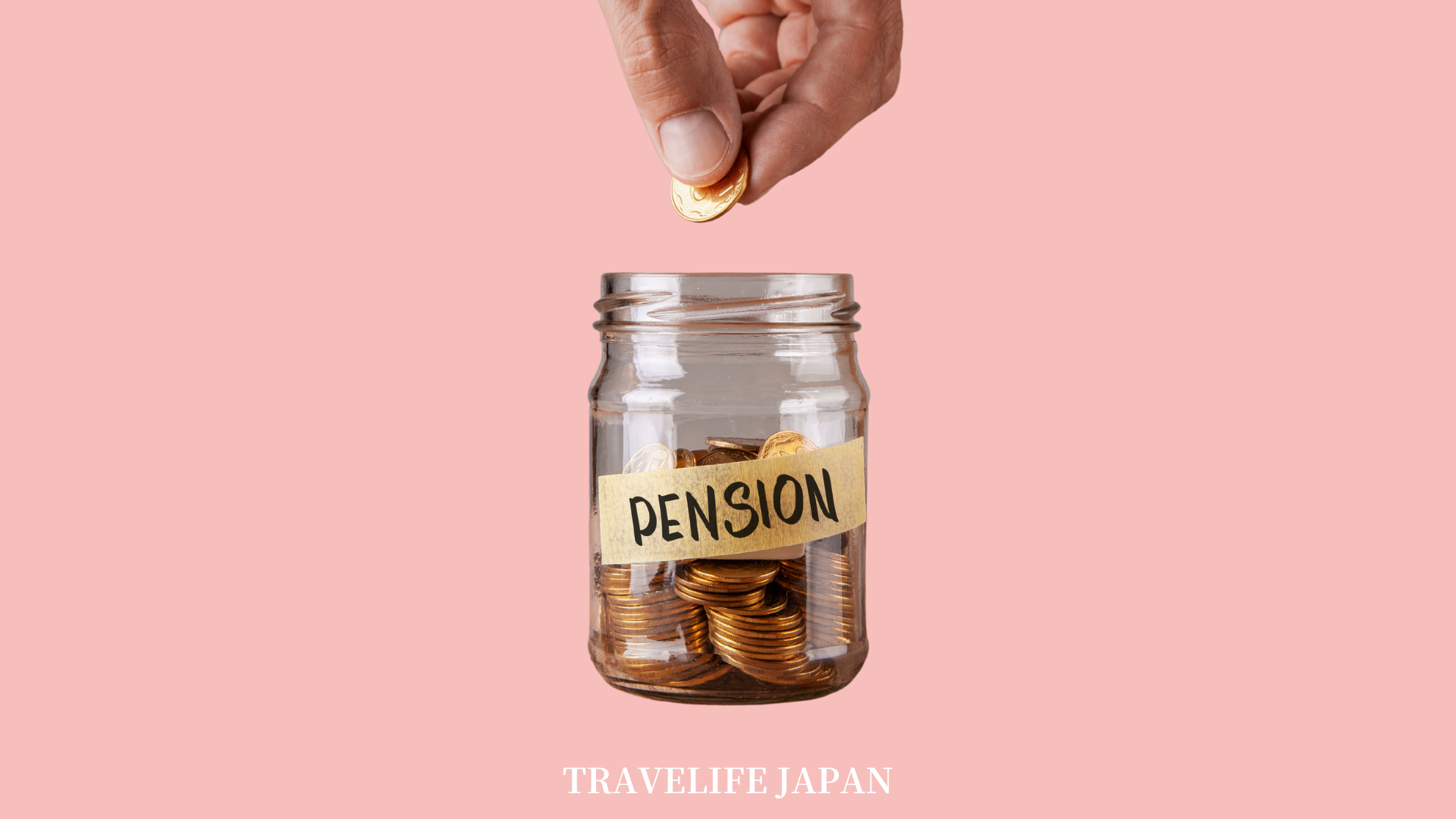Are you an international student in Japan wondering how the National Pension System applies to you? Navigating this essential aspect of living in Japan can be complex, but understanding the National Pension System is crucial for ensuring your financial security during and after your studies. Here’s what you need to know.
Want to learn Japanese in Japan?
Ask us any questions with free application support.
Fast and Easy!
What is the Japanese Pension System?

Understanding the pension system in Japan can seem complex, especially for foreign residents who are balancing work, studies, and the intricacies of living in a new country. The Japanese Pension System is a critical component of the country’s social security framework, designed to provide financial security in old age, in the event of disability, and to the families of deceased contributors. This system is particularly relevant to foreigners living in Japan, encompassing both the National Pension (Kokumin Nenkin) and the Employees’ Pension Insurance (Health and Welfare Pension, Kousei Nenkin), each serving different segments of the population.
National Pension (Kokumin Nenkin)
The National Pension serves as the foundation of Japan’s pension system and is mandatory for all residents aged 20 to 60, including students and self-employed individuals. Foreign residents, including students, are also required to join this scheme upon residing in Japan. The significance of this pension plan is twofold for foreigners: firstly, it ensures a basic level of income security in retirement or in the event of disability or death. Secondly, for those aspiring to obtain permanent residency (often referred to as the Japanese Green Card), evidence of at least two years of regular pension contributions is a key requirement set by the Immigration Bureau.
The National Pension offers three primary benefits:
- Old Age Benefit
Upon reaching retirement, enrollees can receive a basic pension, ensuring financial security in their later years. This benefit is accessible from the age of 65, providing a steady income to support a dignified life in old age. - Disability Benefit
In cases of disability due to accidents or illness, a disability pension is available, offering crucial financial support during challenging times. - Survivor’s Benefit
In the unfortunate event of the contributor’s death, this benefit supports the surviving spouse and children, alleviating financial burdens during periods of adjustment.
Contributing to the National Pension is a prerequisite to accessing these benefits. However, recognizing the financial strain these contributions can place on individuals, especially students and those with limited income, Japan offers options for exemption or deferred payment, ensuring that financial difficulties do not impede one’s ability to contribute towards future security.
Employees’ Pension Insurance (Health and Welfare Pension, Kousei Nenkin)
For salaried employees working in Japan, the Health and Welfare Pension (Kousei Nenkin) extends the benefits of the National Pension. This scheme is mandatory for individuals employed at companies and provides a more comprehensive coverage, incorporating both the national pension and additional benefits tied to one’s income level.
The cost of the Health and Welfare Pension is shared between the employer and the employee, making the individual’s contribution relatively lower than that of the National Pension alone. The exact contribution amount varies and can be verified on individual salary statements. Enrollment in this pension plan not only ensures a stable post-retirement income but also streamlines the process of paying pension premiums, as these are automatically deducted from salaries, preventing delays or non-payment.
Furthermore, being enrolled in the Health and Welfare Pension can significantly stabilize a foreign resident’s status in Japan. It exempts individuals from needing to join the National Pension independently and simplifies the path to applying for permanent residence, particularly for those who have demonstrated consistent social security coverage and have accrued more than two years of work experience within the system.

Enrolling to Japanese Pension System

For Those 20 Years or Older Upon Arrival
Upon your arrival in Japan, after you’ve completed the resident registration, your next step is to enroll in the National Pension System. This can be done at the municipal office or a Japan Pension Service branch office located within your residential area. For international students and individuals who might face financial challenges in paying the pension contributions, additional procedures will be necessary to facilitate your enrollment.
For Younger Residents Turning 20
If you moved to Japan before turning 20, the process slightly differs. As you approach your 20th birthday, you’ll receive a notification, known as the “report of acquisition of qualifications for National Pension System,” one month in advance. When you receive this, you’re required to proceed with the enrollment at your local municipal office. Similar to those who are 20 or older upon arrival, students and individuals unable to afford the contributions will need to follow extra steps to complete their enrollment.
Keeping Your Pension Handbook Safe
Regardless of your age when enrolling, all new enrollees in the National Pension System will receive a blue Pension Handbook along with a National Pension Contribution Payment Slip, approximately one month after registering. This handbook is an essential document, detailing your contributions and benefits within the system. It is crucial to keep this handbook in a safe place, as it may be required for future reference, whether you continue to live and work in Japan or even after returning to your home country.
Exemption for International Students in Japan

In Japan, international students facing financial constraints have access to supportive measures within the Pension System, designed to ease the burden of pension contributions. The Special Payment System for Students allows degree-seeking students to postpone their contributions, with eligibility based on their or their spouse’s income in the previous fiscal year. Non-degree seeking students, including research students, can apply for contribution exemptions or postponements if their income falls below a certain level, offering relief in the form of full, three-quarter, half, or quarter exemptions.
For students under 49 years old experiencing financial hardship, a postponement system is available, extending protection during this period. This ensures eligibility for the Disability Basic Pension or Survivors’ Basic Pension under certain conditions, such as having most of their insured period covered by paid or exempted contributions.
Applications for these exemptions or postponements must be submitted annually at the local municipal office, a necessary step to maintain eligibility and financial protection while studying in Japan. This framework provides a critical financial safety net, allowing international students to focus more on their education and less on financial pressures.
Conclusion
Taking care of the Japanese Pension System as an international student might seem daunting at first, but understanding your obligations and the exemptions available can greatly simplify the process. By enrolling in the system, you’re not just complying with Japanese law but also investing in your future security. Should you face any confusion, local municipal offices and the Japan Pension Service website offer guidance and resources to help manage your pension contributions effectively, ensuring a smoother academic and living experience in Japan.
\ Follow Our Community /
INQUIRE NOW
Want to learn Japanese in Japan?
Ask us any questions with free application support.
Fast and Easy!








